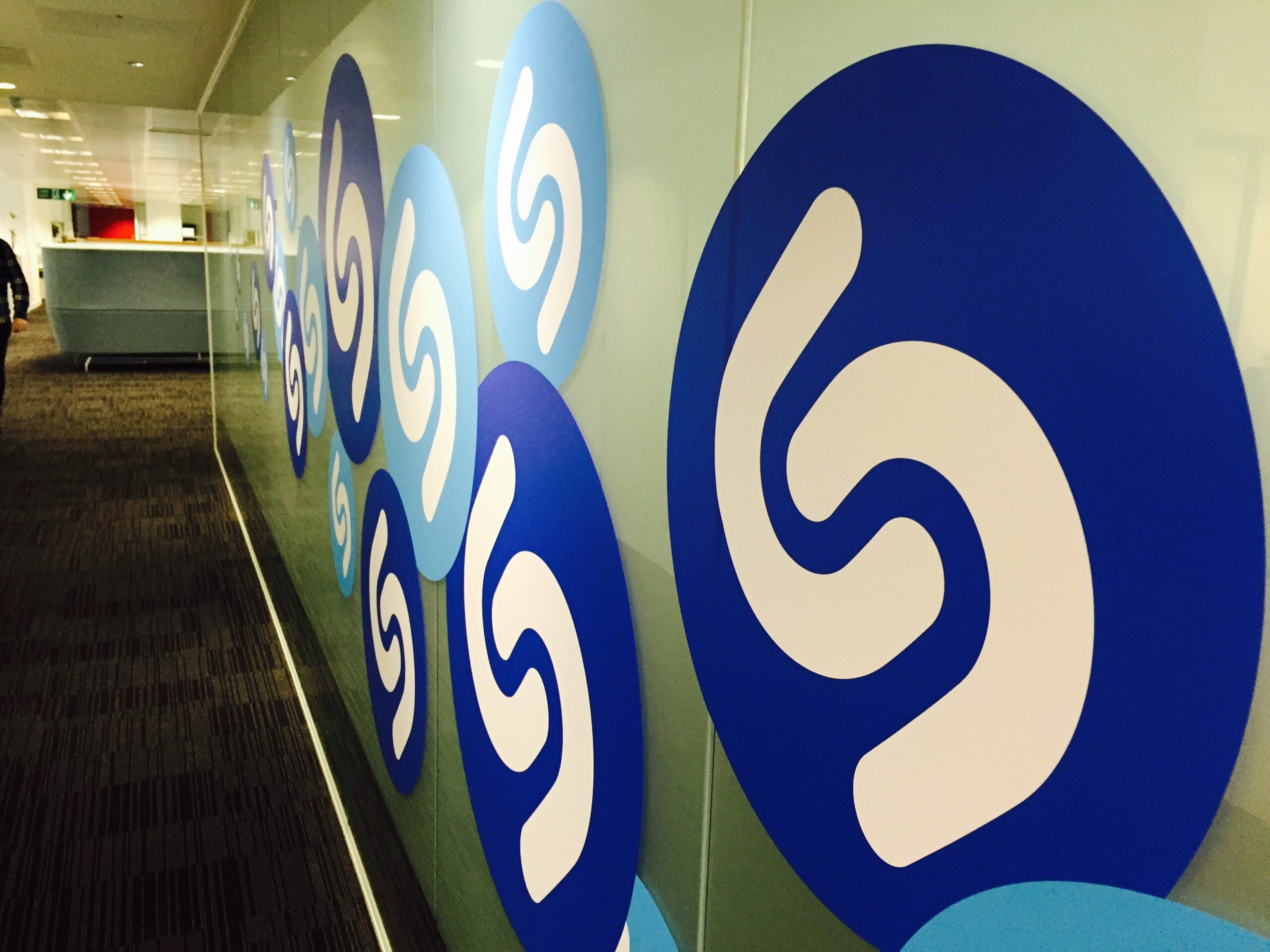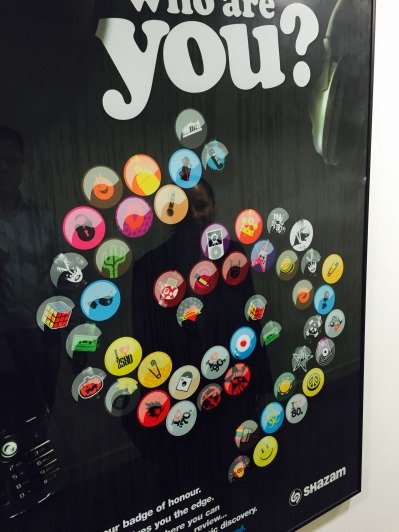People think working for startups bleeds you dry because everything moves at twice the speed. In fact, the real killer is that huge success takes far longer than you think. Before you know it, you’ve spent years sprinting daily marathons, with no map and no end in sight.
This is what makes Shazam’s near-profitless twelve year gallop a remarkable prospect. But the big difference is that those 12 years have seen technologies and behaviour shift bit by bit into the company’s favour.
With that in mind, and the mooted €1 billion IPO delayed another year, it’s time to ask how close this grandfather of the London tech scene is to some kind of exit. Is the world finally in sync with Shazam’s beat?
Building volume
In 1999, its founders launched “2580”, where users could call a number, hold their phone toward music and receive a text message naming the song and artist. Since then, a role as one of the first and most downloaded apps in the App Store helped it reach the 100 million monthly active users it now claims.
But the real story of any startup is how it makes money. Just like photos built Facebook, music-tagging is Shazam’s sacrificial lamb of utility exchanged for peoples’ valuable attention and homescreen space.
Miles Lewis, Shazam’s SVP of international ad sales sums it up simply:
“Music has been such an important part of advertising for many years. If someone’s going to be engaging with your TV ad, why don’t we add that stepping stone?”
Activating advertising
To the right audience, it’s an important point. Brands are desperate to maximise their multi-million pound ad spend and mobile is a huge opportunity to turn passive viewers into active consumers.
So when Shazam says its users are already pointing phones at advertising to ID the song, Lewis says marketers sit up and listen. “Volkswagen spend £50m a year on ads to get you to desire a car. When people Shazam those ads, that's a connection and a piece of attention that the brand can have.”
It’s also a piece of attention being promised by other popular “second screen” services, most notably Twitter. Cosying up to the TV networks helps it draw attention toward accompanying hashtags and hit those audiences with ads. In time, we’ll see if users are more keen to search and join the conversation or simply hit Shazam. Either way, the two options seem to show different kinds of intent.
Lewis claims a key difference is Shazam is based around pull instead of push marketing. Instead of forcing ads into streams, the Shazam icon becomes a signal that anyone interested can learn more.
Not by searching, not by hunting down an obscure specific app -- but by using the Shazam app already on 100 million users’ phones.
And it’s an evolution of this, like a bat signal for extra content, that may mark the future for Shazam.
For the moment
The big reveal arrives when we ask Lewis about what companies might make interesting partners for Shazam.
“How about a company that produces an inaudible sound. So you walk into a store and there are signs saying, ‘Shazam now for 10% off'.”
Let’s pause here a moment. By disassociating the action from trying to capture a sound, the experience becomes radically simpler: you see a Shazam icon and you press a button to find out more.
The Shazam button becomes an immediate opt in search, which can deliver a designed, targeted experience for a customer whether in-store, online, watching TV, or walking past a billboard. It’s not ‘Shazam this’, it’s ‘Shazam now’.
It puts the technology into competition with areas like NFC and iBeacons but with the key distinction that it’s a service normal people are already familiar with and demonstrably happy using.
For what it’s worth
Despite bells and whistles like auto-Shazam and a desktop version, Shazam’s music ID service was effectively complete over a decade ago. Today it just has to keep its place on homescreens (a meaty challenge in itself, to be fair - but one where it pays to be the incumbent.)
Shazam’s real final challenge is a kind of MBA challenge. You get the feeling its success or failure really lies in whether the current leadership team, purpose-built for the task, can storm this last mile of partnerships and advertiser adoption that will determine its future.
I think among the European startup community, we should hope so. If a company like this, with market developments playing in its favour, can’t beat US companies like Twitter on those vital business showdowns, it’s a potentially massive warning sign.
Or maybe it’s simpler than that.
Maybe it’s okay not to be a business that takes on the world at a £1 billion valuation. Maybe, after 12+ years, it’s okay for Shazam to find a safer haven that needs a technology like it has. And maybe, that’s where it can find a mutual benefit with the US companies it’s currently trying to tackle head on.
(All pictures credit to tech.eu)








